The animal kingdom is home to many unassuming geniuses. From backyard critters to deep-sea escape artists, there are creatures out here flexing some serious IQ points while we’re still trying to find our keys. So, if you thought humans were the only ones making power moves, think again. These 14 animals are doing math, solving puzzles, throwing shade (sometimes literally), and proving to be smarter than we give them credit for.
1. Elephants: The Gentle Giants With Sharp Minds
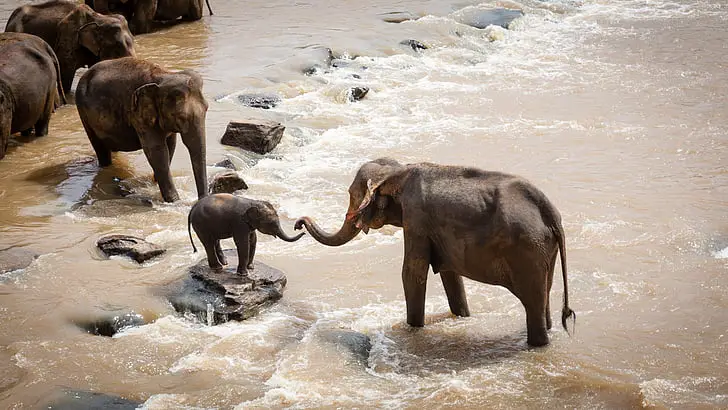
Elephants are known for their size and memory, but their cognitive abilities are equally impressive. They’ve been observed using tools, such as branches, to swat flies or scratch themselves. But these tusked titans are more than just walking toolboxes. According to a study featured by Smithsonian Magazine, elephants can recognize themselves in mirrors, a rare sign of self-awareness found in only a handful of species.
In problem-solving scenarios, elephants have shown remarkable insight. For instance, they’ve been documented recognizing when their bodies are obstacles to success and adjusting their behavior accordingly—a sign of self-awareness. Their complex social structures and behaviors further highlight their intelligence. They comfort grieving companions, use specific calls to identify individuals, and have been known to hold “mourning rituals” at the site of elephant deaths. Add in their ability to cooperate in team tasks, and you’ve got the full package: brawn, brains, and emotional depth.
2. Octopuses: The Eight-Armed Escape Artists
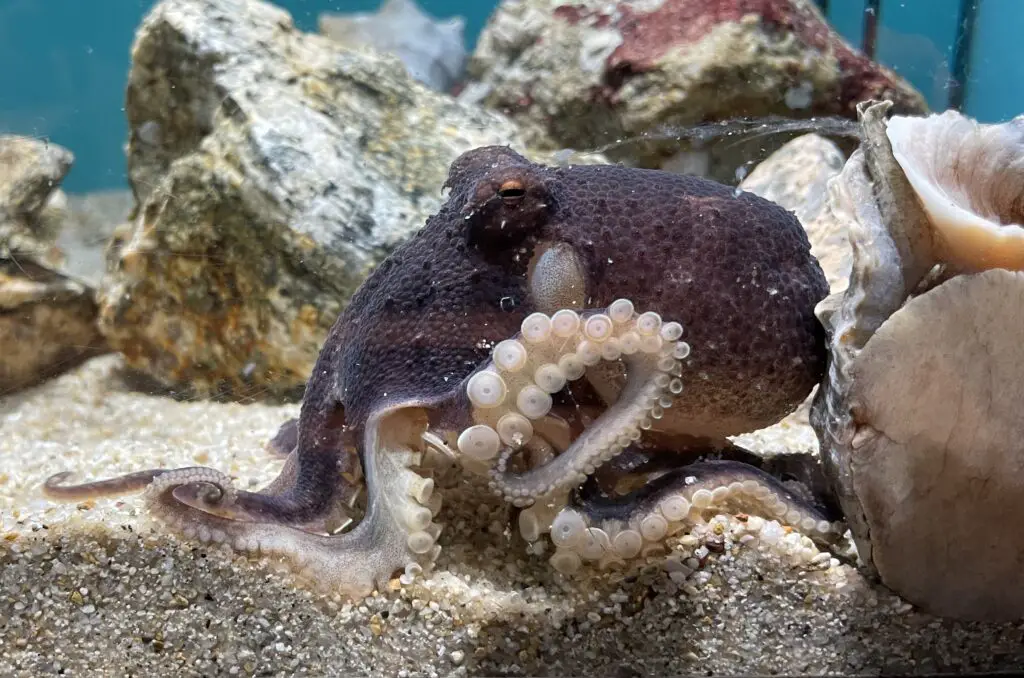
Octopuses are the Houdinis of the sea. With their soft bodies and lack of bones, they can squeeze through tiny openings, making great escapes from aquariums a common occurrence. But their intelligence goes beyond escapology. They’ve been observed using tools, like coconut shells, to build shelters—a behavior once thought exclusive to humans and some primates. According to the Natural History Museum, they’ve also been seen collecting shiny objects and rearranging them like underwater interior designers.
In captivity, octopuses have solved complex puzzles, opened jars to retrieve food, and even recognized individual humans. Their problem-solving skills are so advanced that some scientists believe they possess a form of consciousness. Despite their short lifespans, octopuses demonstrate a level of intelligence that challenges our understanding of invertebrate cognition. They can unscrew lids, remember mazes, and even show signs of boredom—yes, boredom! One reportedly squirted water at a light that annoyed it, effectively turning it off. These creatures also experience REM-like sleep, hinting they might even dream. Not bad for a spineless sea creature.
3. Crows: The Feathered Geniuses
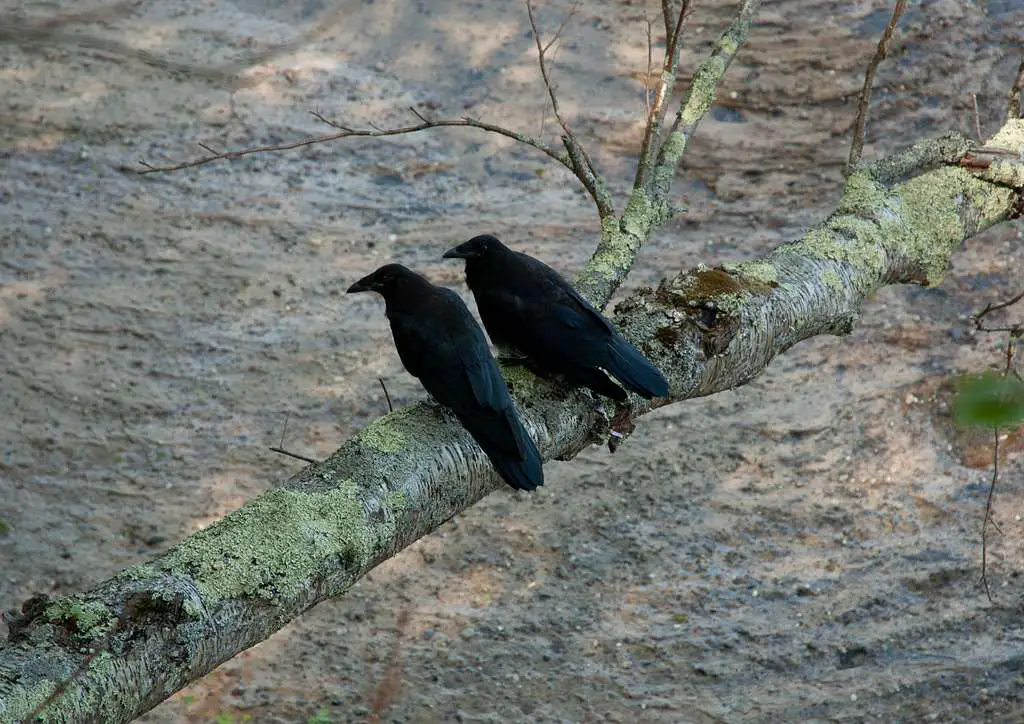
Crows are not just noisy black birds; they’re avian Einsteins. These birds have demonstrated the ability to use tools, such as bending wires into hooks to extract food from hard-to-reach places. In one wild flex, crows have been seen solving multi-step puzzles that require remembering sequences and anticipating cause and effect. As TIME reports, some crows can outsmart human children on specific problem-solving tasks. Let that sink in the next time you see one eyeing your fries.
Beyond tool use, crows exhibit impressive problem-solving skills. In experiments inspired by Aesop’s fables, crows have been seen dropping stones into water-filled containers to raise the water level and access floating food. Their intelligence is so notable that some researchers compare their cognitive abilities to those of a seven-year-old child. They can hold grudges (and facial recognition is part of that), communicate danger through warning calls, and even pass along knowledge generationally. Plus, they’re known to bring gifts to humans they like—how many other animals are giving you shiny trinkets just for being chill?
4. Pigs: The Underrated Intellects

Pigs often get a bad rap, but they’re among the smartest domesticated animals. Studies have shown that pigs can play simple video games, using joysticks to move cursors on a screen—a task that requires a level of understanding and coordination. According to Scientific American, pigs are social creatures that can learn new tricks quickly and adapt to unfamiliar environments with ease. Basically, they’d crush at Mario Kart if given the chance.
Their intelligence doesn’t stop there. Pigs have demonstrated the ability to use mirrors to locate hidden food, indicating a level of self-awareness. They can also learn complex tasks quickly and have excellent long-term memories. They’re capable of recognizing their names, understanding abstract symbols, and even showing empathy when one of their pals is in distress. Honestly, they’re more emotionally intelligent than some people on dating apps. If pigs had opposable thumbs, we’d probably be working for them by now.
5. Dolphins: The Ocean’s Brainiacs

Dolphins are often celebrated for their playful nature, but their intelligence is profound. They exhibit self-awareness, as demonstrated by their ability to recognize themselves in mirrors. And they don’t just pass that mirror test—they pass it with flair. Studies in National Geographic point out that dolphins also engage in signature whistles—basically their own names—and can remember them for decades. Imagine remembering your bestie’s voice from summer camp 20 years ago—dolphins can do that.
Their problem-solving skills are notable. Dolphins have been observed using tools, such as marine sponges, to protect their snouts while foraging on the seafloor. Their complex communication systems and social behaviors further attest to their cognitive prowess. They play games, form alliances, and even engage in “cultural transmission,” passing behaviors from one generation to the next. Some scientists believe their communication might qualify as a rudimentary language. So yeah, they’re not just flipping through the water—they’re thinking, learning, and maybe even gossiping.
6. Parrots: The Mimics With Minds

Yes, parrots talk—but they’re not just feathered voice recorders. These birds understand context, solve puzzles, and even grasp abstract concepts like “same” and “different.” African grey parrots, in particular, have been known to use words to express wants, feelings, and even boredom (same, Polly). Some have vocabularies that rival toddlers, but with less mess. They can count, identify colors and shapes, and even understand the concept of zero.
Parrots also show emotional intelligence. They’ve been caught comforting other birds, pouting when ignored, and displaying a little attitude when they don’t get their way. Their mimicry is often tailored to their environment—meaning they know who to imitate and when. Some even learn to say phrases like “I love you” just to get snacks. They’re not just mimicking—they’re manipulating. Which, honestly, is kind of genius.
7. Ants: The Micro-Brained Strategists
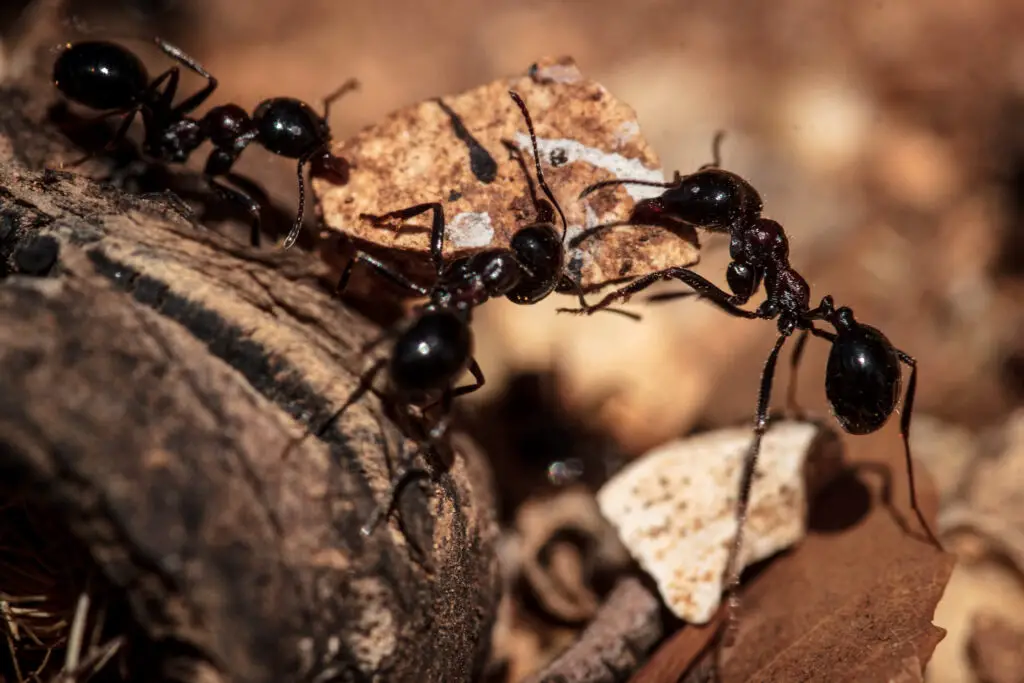
Tiny brains, huge agendas. Ants may not be solving Sudoku puzzles, but their collective intelligence is straight-up wild. They build complex underground cities, coordinate attacks, and even wage wars with rival colonies. Scout ants explore, report back, and direct others with scent trails—a literal form of GPS made out of chemicals. Some species even farm fungus or herd aphids like tiny livestock.
Ants also display group decision-making that rivals boardroom execs. They avoid traffic jams with instinctive crowd control, carry out rescue missions, and adjust strategies based on success or failure. Leafcutter ants, for example, analyze leaves for chemical content before deciding to harvest. So while one ant might not blow you away solo, as a team? They’re basically running an empire underground. Ants: tiny but terrifyingly efficient.
8. Rats: The Street-Smart Scholars
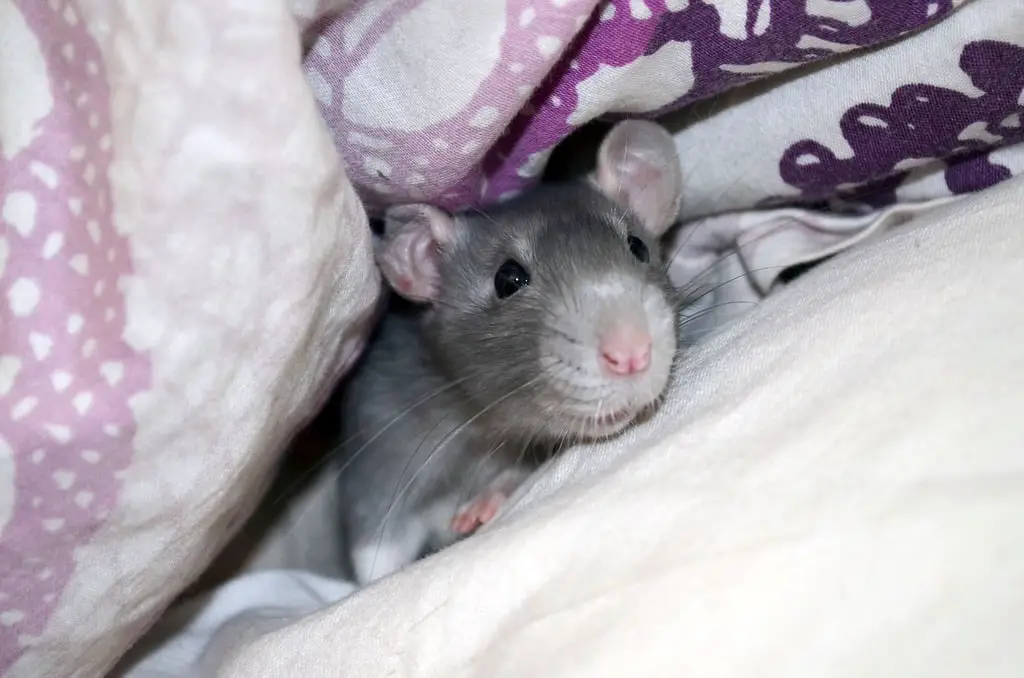
Rats get a bad rep, but these whiskered wonders are brainy survivors. They can navigate mazes, remember routes for weeks, and adapt strategies if the old ones stop working. They’ve even demonstrated empathy—choosing to free a trapped fellow rat over accessing food. That’s not just intelligence, that’s character development.
Rats also learn through observation. If one rat sees another solve a puzzle or avoid a trap, it remembers and adjusts. They’re social creatures with complex communication, using ultrasonic squeaks we can’t even hear. And yes, they laugh when tickled. They’ve been trained to sniff out landmines, detect tuberculosis, and survive just about any urban environment. Honestly, they’d probably survive the apocalypse and rebuild society before we do.
9. Bees: The Mathematicians In Flight
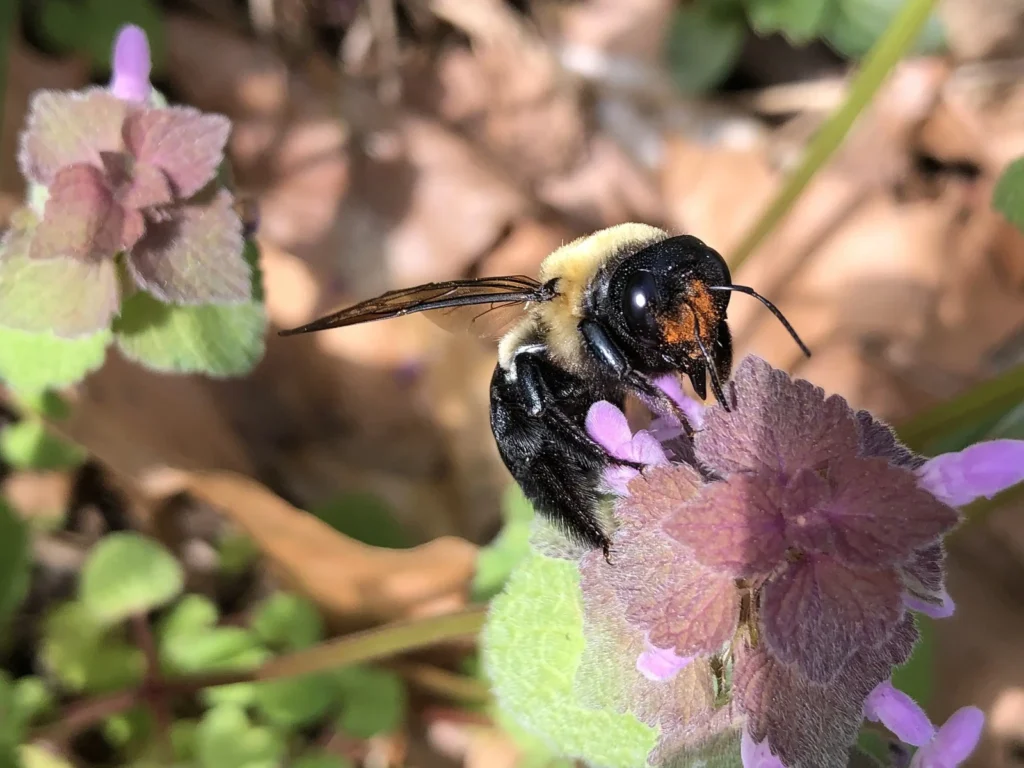
Bees do way more than just make honey and ruin picnics. These little buzzers can count, tell the difference between odd and even numbers, and solve basic math problems. In experiments, bees have chosen symbols to indicate addition and subtraction, then acted on them. That’s tiny arithmetic, mid-air.
Beyond math, bees communicate through dances—literal interpretive dances that tell others where to find food. They work as a collective with defined roles, rotating tasks based on need. Some even exhibit “sleep-like” states and show signs of learning while resting. They remember faces, hold grudges, and know how to work a system. Small brain, massive output. They’re like flying accountants with attitude.
10. Cats: The Quiet Strategists

People think cats are aloof because they don’t come when called. That’s not a lack of intelligence—it’s pure feline judgment. Cats know their names, recognize their owners’ voices, and just choose to ignore you because they can. Independent? Yes. Unintelligent? Not even close.
Cats can open doors, solve food puzzles, and learn through trial and error. They’ve been known to manipulate humans by altering their meows to sound more urgent or baby-like. They even map their homes in 3D, tracking your movements when you’re not around. Indoor cats can remember object locations for hours, while ferals navigate complex territories with ease. Basically, cats are smart enough to train you. And they’re not sorry about it.
11. Raccoons: The Masked Problem-Solvers

Raccoons are like the rogue hackers of the animal kingdom. Given a challenge, they’ll bypass, unlatch, or outsmart whatever’s in their way—especially if there’s food involved. They’ve been known to open locks, unzip tents, and manipulate objects with near-human dexterity. City raccoons, in particular, adapt quickly to urban environments, mastering traffic patterns and trash schedules like nocturnal geniuses.
They also remember solutions for years, displaying impressive long-term memory. In captivity, raccoons have solved puzzles involving levers, ropes, and weights. They test boundaries, learn from mistakes, and adjust their strategies. Their brains are proportionally massive compared to their bodies—like little overclocked computers wrapped in fur. Basically, if you’ve ever been outwitted by one raiding your garbage, you were in a losing game from the start.
12. Cephalopods: The Sleeper Smarties

Octopuses get the fame, but squids and cuttlefish are no slouches either. These other cephalopods are crafty thinkers with powers that border on supernatural. They can change color, texture, and shape in a blink—part camouflage, part mood ring. But beneath the flashy looks is a surprising depth of cognition.
Cuttlefish, for instance, exhibit delayed gratification, choosing to wait for better food rather than grabbing what’s immediately available. That’s the marshmallow test… underwater. Squids communicate using bioluminescent flashes and skin ripples—a full-body language. They’re fast learners with spatial memory, often using landmarks to navigate the sea floor. Basically, these guys are stylish, tactical, and strategic. Sea brains with flair.
13. Dogs: The Empathic Geniuses

Yes, we know dogs are smart—but most people still undersell just how smart. Dogs can learn hundreds of words, interpret human emotions, and even sense things like seizures or cancer. They understand pointing (something even chimps struggle with), can follow gaze direction, and make inferences based on behavior. Some border collies know more words than a toddler.
Dogs also experience jealousy, grief, and guilt (even if it’s just that guilty look they do when they steal your sandwich). They problem-solve, use tools, and pick up on social cues from both people and other dogs. Many are trained for complex jobs like search and rescue, guiding the blind, or detecting contraband. But even untrained pups know how to get what they want—from big eyes to belly flops. Intelligence with a tail and a heart.
14. Orangutans: The Forest Philosophers
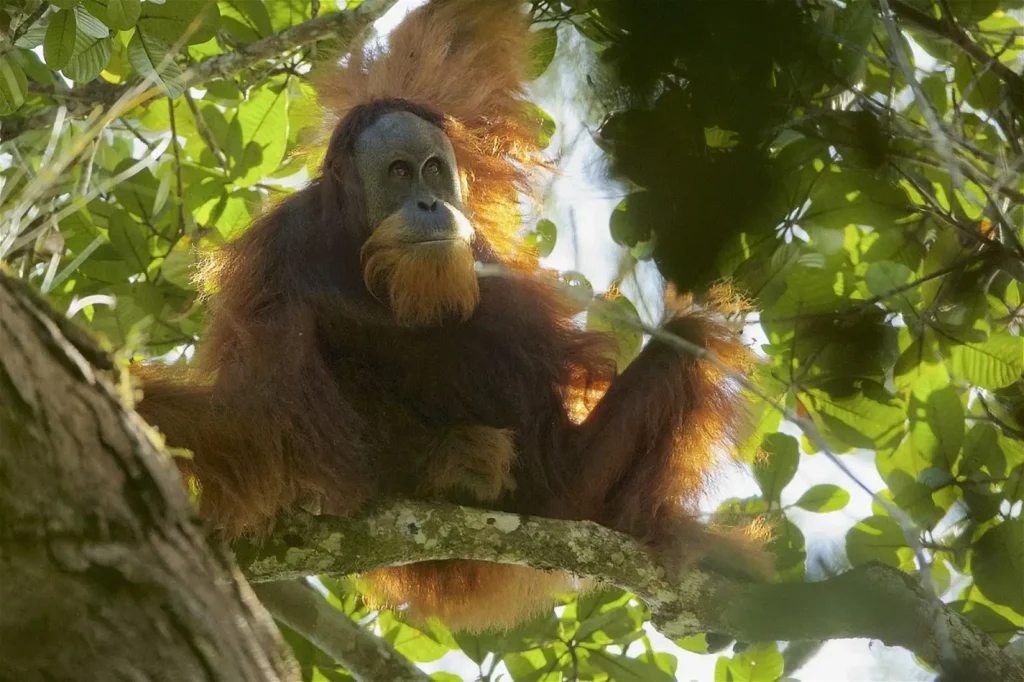
Orangutans are like the wise, quiet geniuses of the ape world. They’re deeply observant, rarely impulsive, and incredibly patient. In the wild, they build intricate nests each night, sometimes even with pillows and covers made from leaves. They’ve been seen using sticks to fish for termites or fashioning tools to extract fruit.
But here’s the kicker—they learn by watching and rarely need to be taught directly. Orangutans will mimic human actions after a single demonstration. Their problem-solving is thoughtful and deliberate, showing restraint and planning. They also exhibit self-awareness, empathy, and long-term memory. In some cases, they’ve even been taught sign language. Orangutans don’t just think—they reflect. Quietly brilliant.
